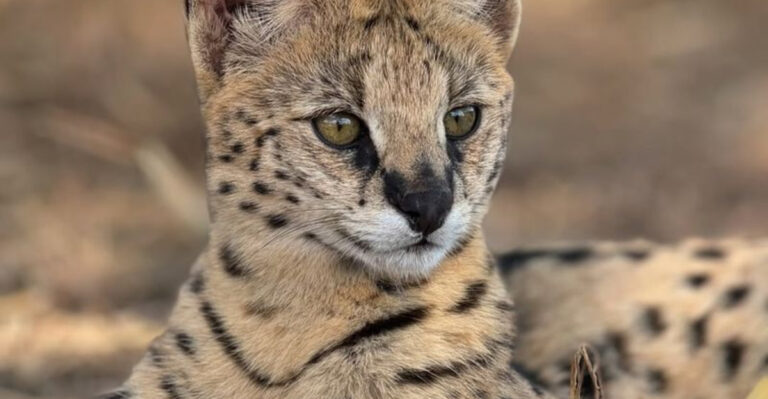20 Amazing Facts About Owls You Should Know
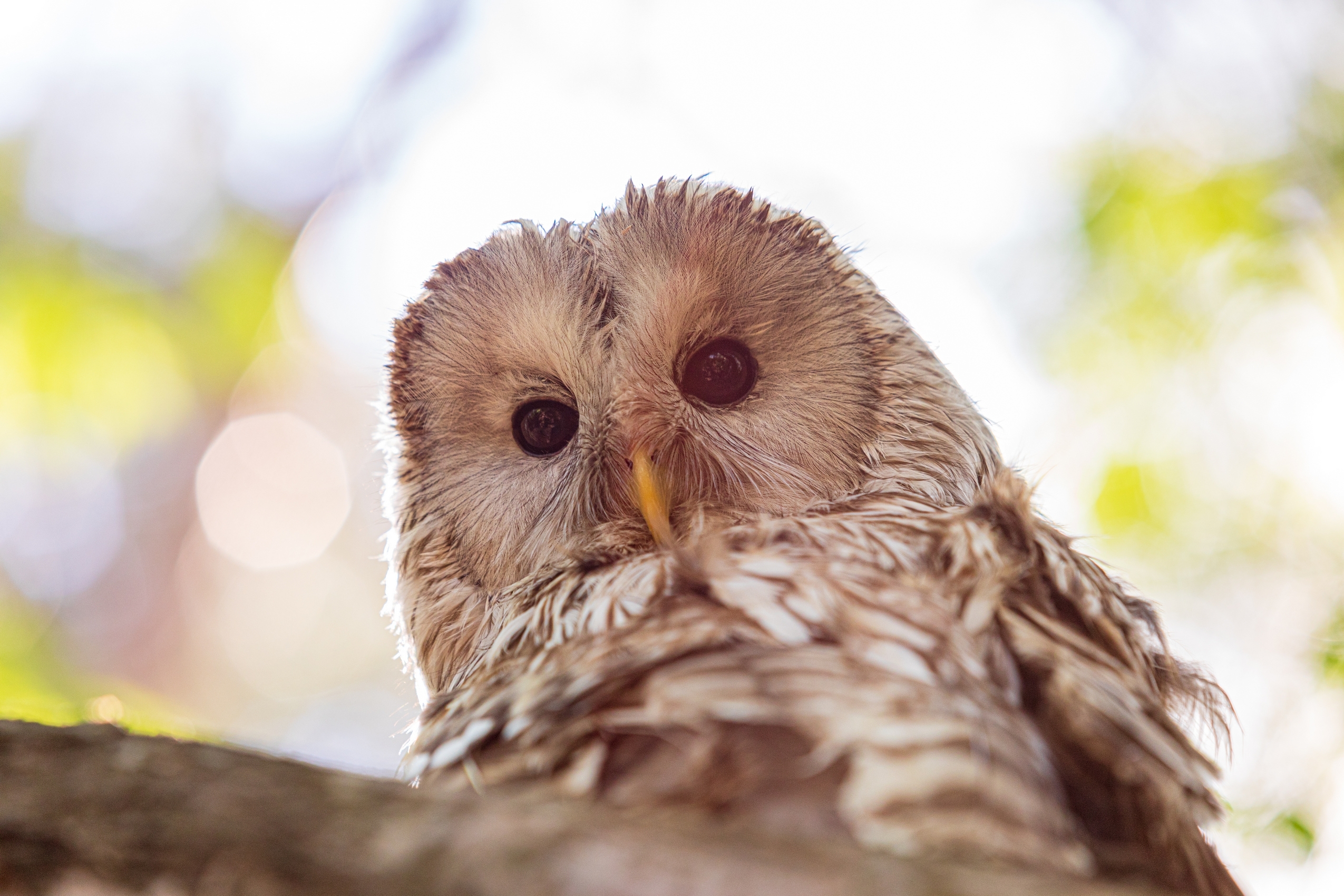
Owls have fascinated humans for centuries with their mysterious presence and captivating features. From their haunting calls to their unique adaptations, these nocturnal birds of prey have much to reveal about the wonder of nature.
In this list, we’ll explore amazing facts about owls that showcase their incredible diversity and survival skills.
1. Silent Flight
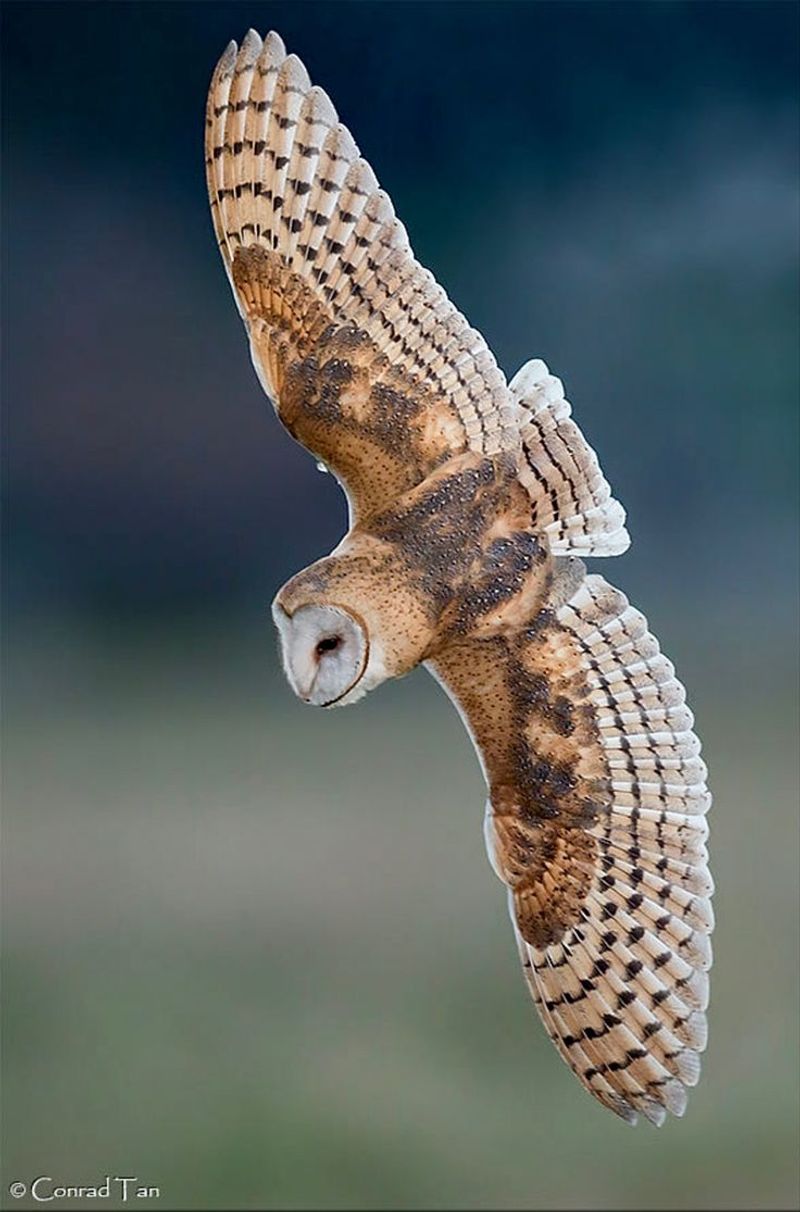
Owls are known for their ghostlike silent flight, enabling them to sneak up on their prey easily. This silent movement is due to the unique structure of their feathers, which reduces noise by breaking up turbulence.
The leading edges of an owl’s primary feathers have stiff comb-like structures called serrations, while the trailing feathers are soft like a velvet fringe. These adaptations soften the airflow, minimizing sound.
This stealth is crucial for hunting, as it allows them to catch prey unawares and maintain the element of surprise. The ability to fly silently also helps them avoid detection by potential predators, enhancing their survival in the wild. This remarkable adaptation is one of the many reasons owls continue to captivate bird enthusiasts and researchers alike.
2. 360-Degree Head Rotation Myth
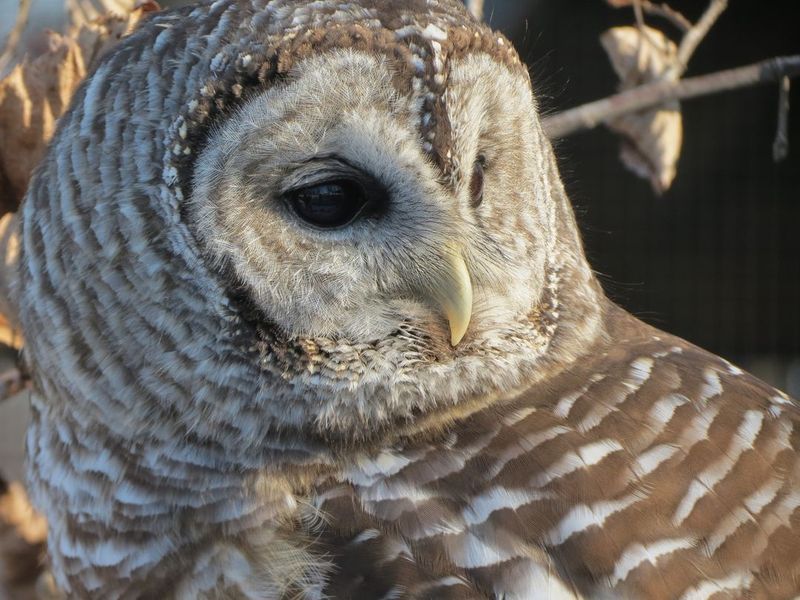
The belief that owls can rotate their heads a full 360 degrees is a myth, yet they do have an impressive range of motion. In reality, owls can turn their heads about 270 degrees, which is still extraordinary compared to humans.
This flexibility is due to specialized bone and vascular structures that support extreme neck rotation without damaging blood vessels or cutting off circulation.
Owls have 14 neck vertebrae, which is twice as many as humans, allowing this incredible mobility. This adaptation compensates for their fixed eye sockets, enabling them to have a wide field of vision crucial for hunting and surveying their surroundings. Their ability to look over their shoulders without moving their bodies is a distinctive trait that adds to their mystery and allure.
3. Exceptional Night Vision
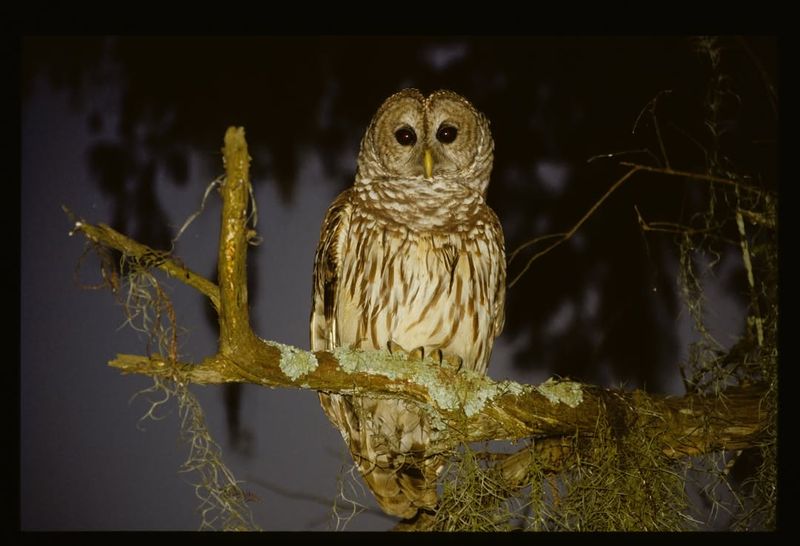
Owls are renowned for their exceptional night vision, which allows them to hunt effectively in near-darkness. This remarkable ability is due to the large size of their eyes, which are proportionally among the largest in the animal kingdom.
The eyes are tubular, providing a wider field of binocular vision and greater depth perception, crucial for spotting prey at night. Owls’ retinas have a high number of rod cells, which are more sensitive to low light levels than cone cells.
These adaptations enable them to detect even the faintest movement in dim light, giving them a significant advantage over their prey. Their eyes are also fixed in their sockets, so they rely on their flexible necks to shift their gaze, further emphasizing their unique adaptations for nocturnal life.
4. Diverse Species
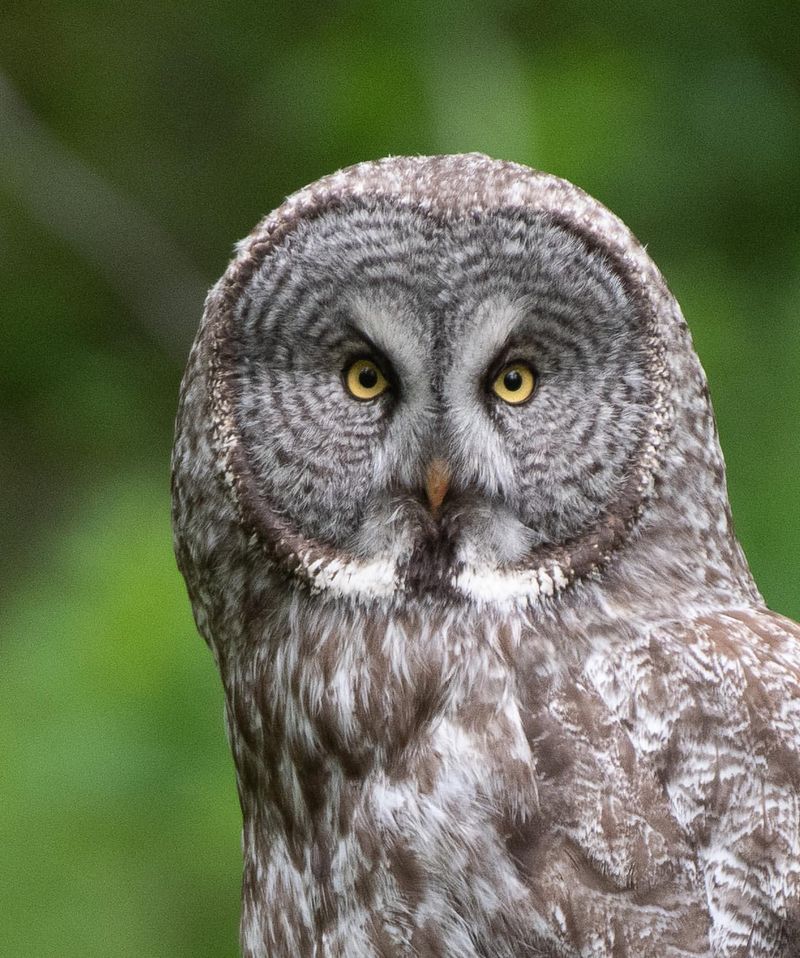
With over 200 species worldwide, owls display an incredible diversity that spans continents and habitats. They range from the tiny Elf Owl to the formidable Eurasian Eagle Owl, each adapted to its unique environment. Owls in North America, for example, are extremely diverse too.
This vast diversity allows owls to occupy forests, deserts, mountains, and even urban areas, showcasing their adaptability. Each species has evolved specific hunting techniques, vocalizations, and physical characteristics that suit its ecological niche.
The diversity among owl species is not only fascinating but also essential for maintaining ecological balance. Owls play vital roles as predators and are important indicators of environmental health, reflecting the biodiversity of their ecosystems.
The wide variety of owl species highlights the adaptability and evolutionary success of these intriguing birds.
5. Facial Disc Functionality
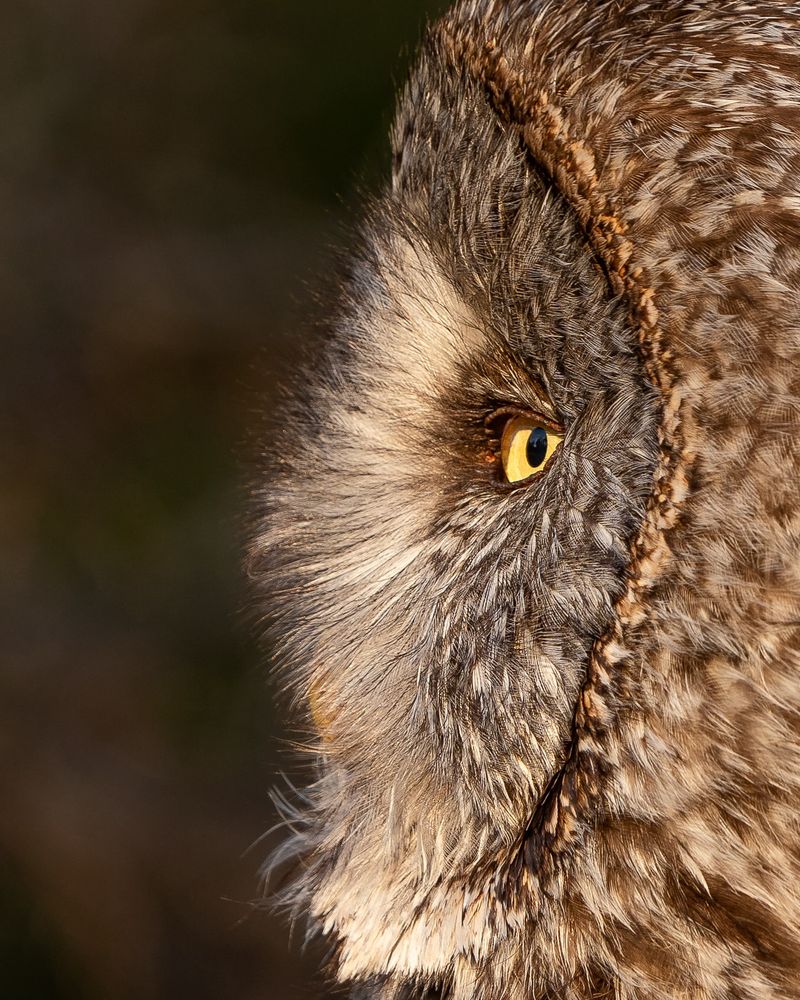
The facial disc of an owl is more than just a distinctive feature; it plays a vital role in their hunting prowess. This circular or heart-shaped arrangement of feathers channels sound to the owl’s ears, enhancing their ability to locate prey by hearing.
The facial disc acts like a radar dish, collecting and focusing sound waves. Owls can adjust the feathers to fine-tune their hearing, allowing them to pinpoint the exact location of a sound.
This adaptation is particularly useful for hunting in complete darkness, where vision alone may not be sufficient. By relying on acoustic cues, owls can capture prey hidden under leaves or snow, showcasing their extraordinary sensory capabilities. This unique adaptation underscores the owl’s reputation as a highly efficient nocturnal predator.
6. Diverse Vocalizations
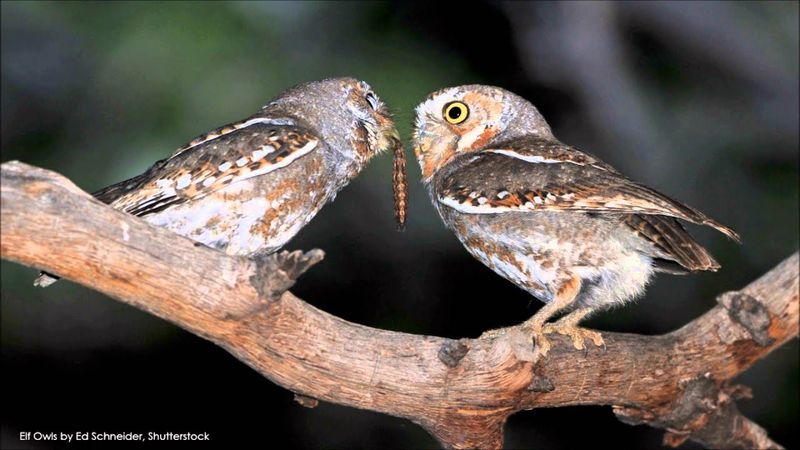
Owls produce a wide array of vocalizations, ranging from the classic hoot to screeches, whistles, and barks. These calls serve various purposes, such as defining territory, attracting mates, or communicating with offspring.
Each owl species has its unique call, which can also vary between individuals. The Great Horned Owl, for example, has a recognizable hoot, while the Barn Owl emits a chilling screech.
The diversity in vocalizations not only reflects the owl’s adaptability to different environments but also plays a crucial role in their survival strategies. By understanding these calls, researchers can gain insights into owl behavior, population dynamics, and habitat use. The rich tapestry of sounds created by owls adds to the complexity and allure of these fascinating birds.
7. Camouflaging Feathers
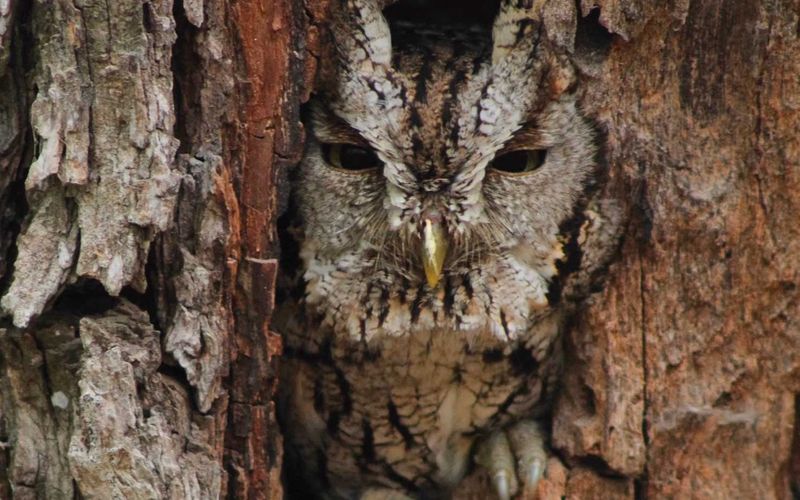
Owls are masters of disguise, thanks to their camouflaging feathers that allow them to blend seamlessly into their surroundings. This natural adaptation is crucial for both hunting and protection from predators.
The feather patterns and colors mimic the textures and hues of their environment, making them nearly invisible against tree bark, leaves, or snow. This camouflage enables owls to perch silently and ambush unsuspecting prey.
For many owl species, remaining undetected is a matter of survival. The ability to hide in plain sight helps them avoid larger predators and increases their hunting success. This remarkable adaptation highlights the intricate relationship between owls and their habitats, showcasing their evolutionary prowess in adapting to diverse environments.
8. Unique Hunting Techniques
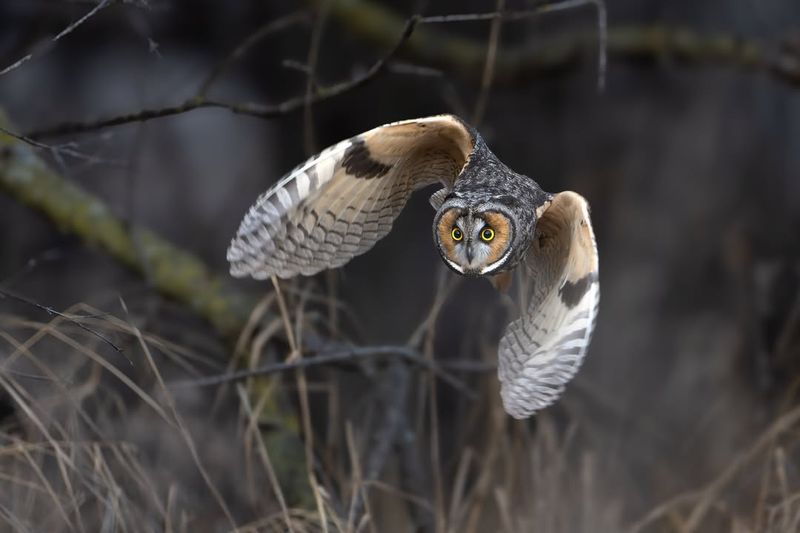
Owls have developed a range of unique hunting techniques that set them apart from other birds of prey. They primarily hunt at night, using their extraordinary senses and stealth to capture unsuspecting prey.
Unlike many other birds, owls often hunt by listening for the movement of their prey, relying heavily on their acute sense of hearing. Once located, they can silently swoop down and grab their meal with sharp talons.
Some owls, like the Snowy Owl, are known to hunt during the day, taking advantage of their keen eyesight in bright conditions. These versatile hunting strategies underscore the adaptability and precision of owls as apex predators in their respective environments, illustrating their role as efficient hunters in the animal kingdom.
9. Symbolism In Cultures
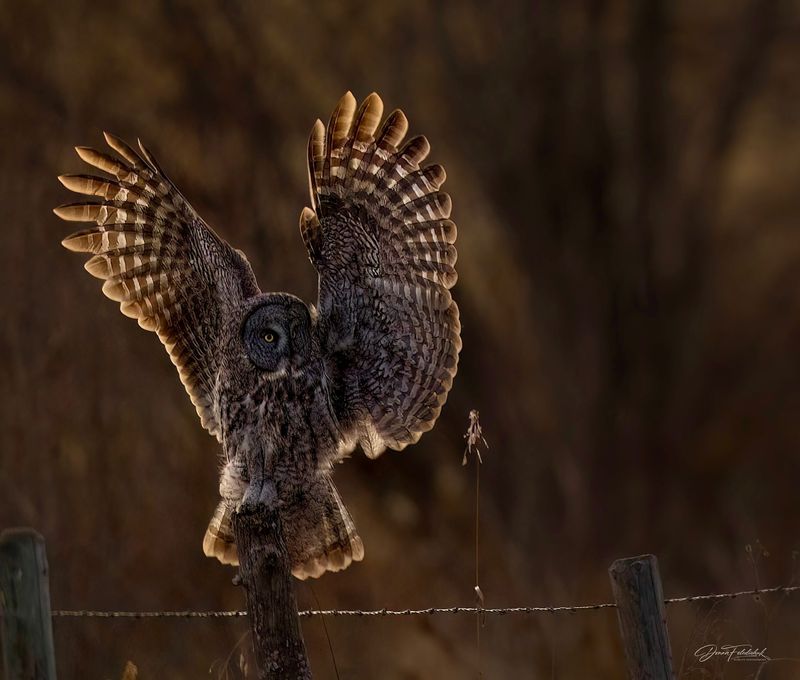
Owls have long been symbols of wisdom, mystery, and the supernatural in various cultures worldwide. In ancient Greece, the owl was associated with Athena, the goddess of wisdom, and it remains a symbol of knowledge in Western culture.
Conversely, some Native American tribes view owls as harbingers of death, reflecting the bird’s mysterious and nocturnal nature. In Japan, the owl is considered a symbol of luck and protection, showcasing its diverse cultural significance.
These varying interpretations highlight the complex relationship humans have with owls, influenced by their elusive nature and haunting calls. The symbolism of owls continues to evolve, reflecting their enduring impact on human imagination and cultural narratives, making them a subject of fascination across the globe.
10. Owlets And Parenting
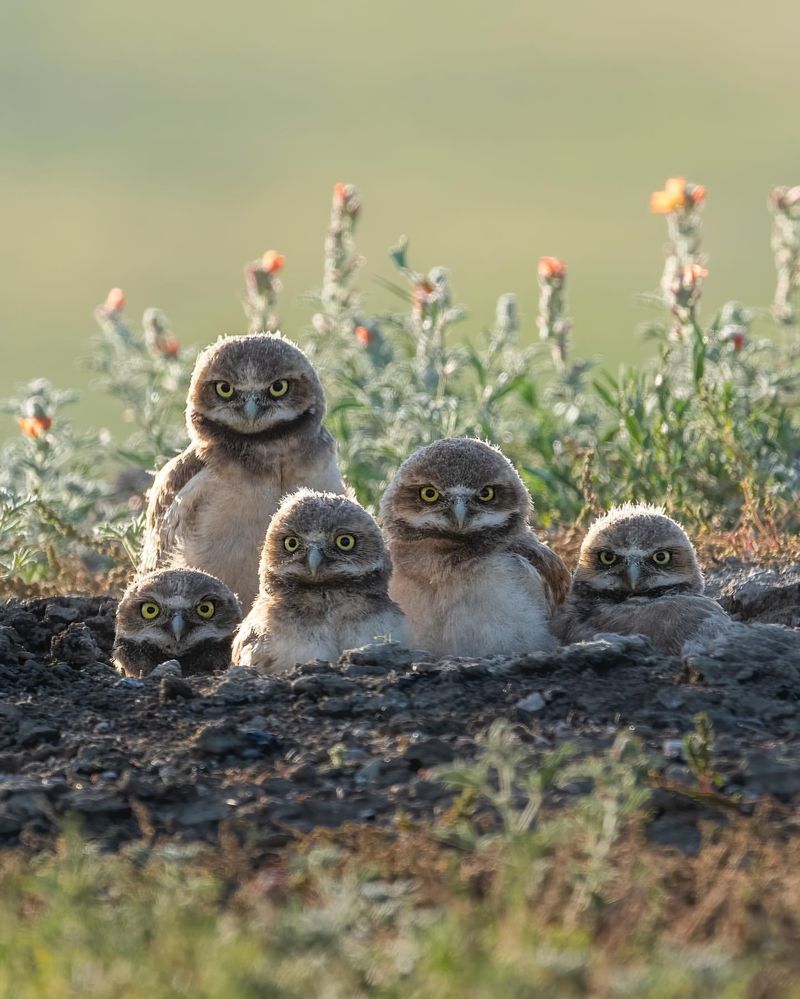
Owls are known for their dedicated parenting, with some species raising their young in nests high in trees or on cliff ledges. The care provided by owl parents is crucial for the survival of their offspring, known as owlets.
Female owls typically lay a clutch of two to six eggs, which hatch after a few weeks of incubation. Both parents are involved in feeding and protecting the young, with the male often hunting while the female guards the nest.
The development of owlets is a critical period, as they must learn to hunt and fly before they can fend for themselves. This nurturing phase showcases the commitment of owl parents to their young, reflecting the importance of parental care in the survival and success of future generations.
11. Nocturnal Lifestyle
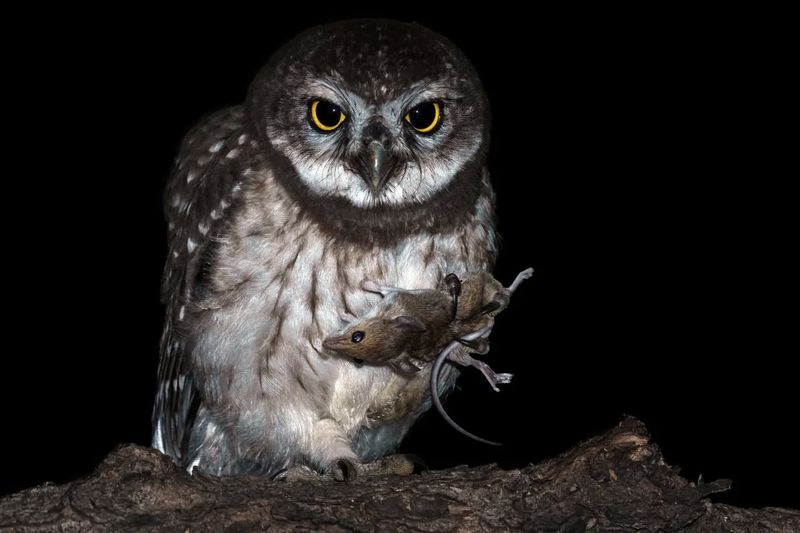
Owls are primarily nocturnal creatures, adapted to a life of darkness. Their hunting, mating, and communication activities typically occur during the night, taking advantage of the cover that darkness provides.
This nocturnal lifestyle is supported by several physiological adaptations, including their exceptional night vision and acute hearing. Their silent flight also contributes to their success as nighttime hunters.
Living nocturnally reduces competition with diurnal birds of prey, allowing owls to exploit different ecological niches. This lifestyle not only defines their behavior but also shapes their interactions within ecosystems, illustrating how owls have carved out a unique role in the natural world.
12. Owl Pellets
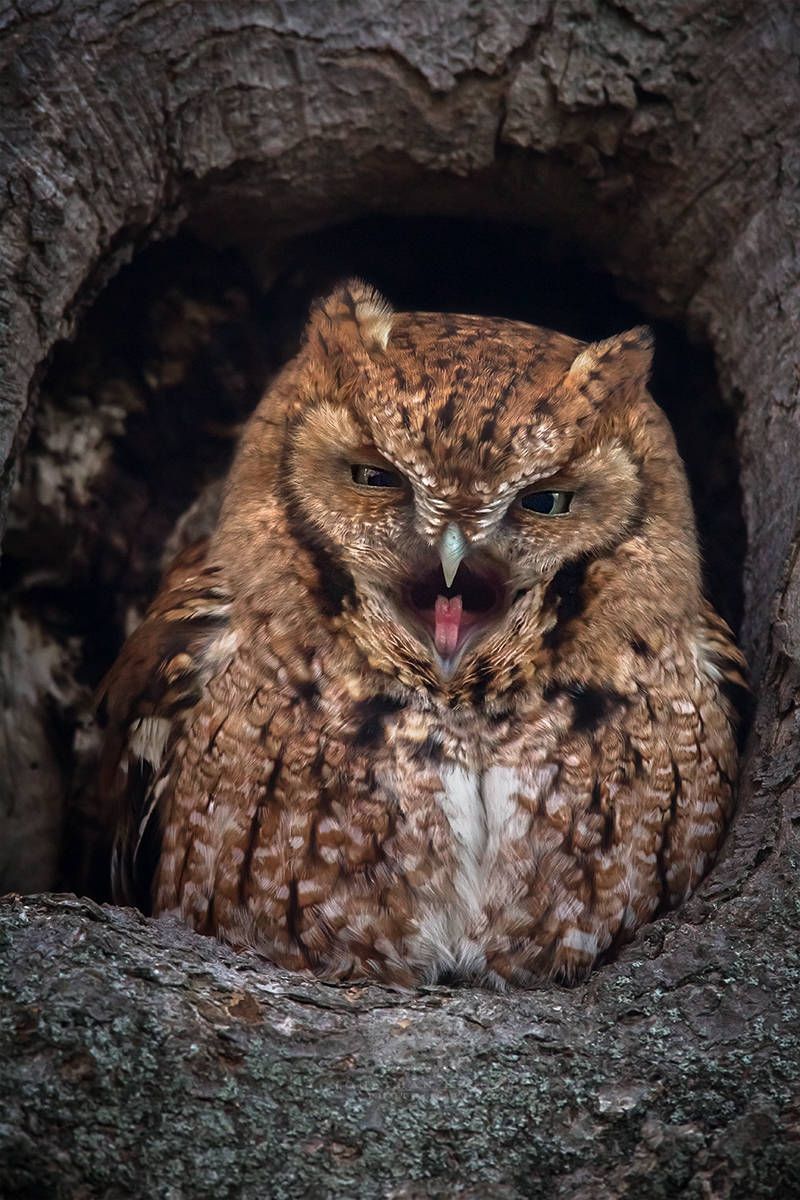
Owls are known for producing pellets, which are regurgitated masses containing the indigestible parts of their prey, such as bones and fur. This fascinating process provides insight into their diet and hunting behavior.
By analyzing owl pellets, researchers can identify the types of prey an owl has consumed, offering valuable information about the local ecosystem. This non-invasive method helps scientists track biodiversity and monitor changes in wildlife populations.
For educators and students, dissecting owl pellets is a popular educational activity, providing hands-on experience in understanding food chains and predator-prey relationships. This unique trait of owls not only highlights their role in the ecosystem but also offers a window into their secretive lives.
13. Keen Sense Of Hearing
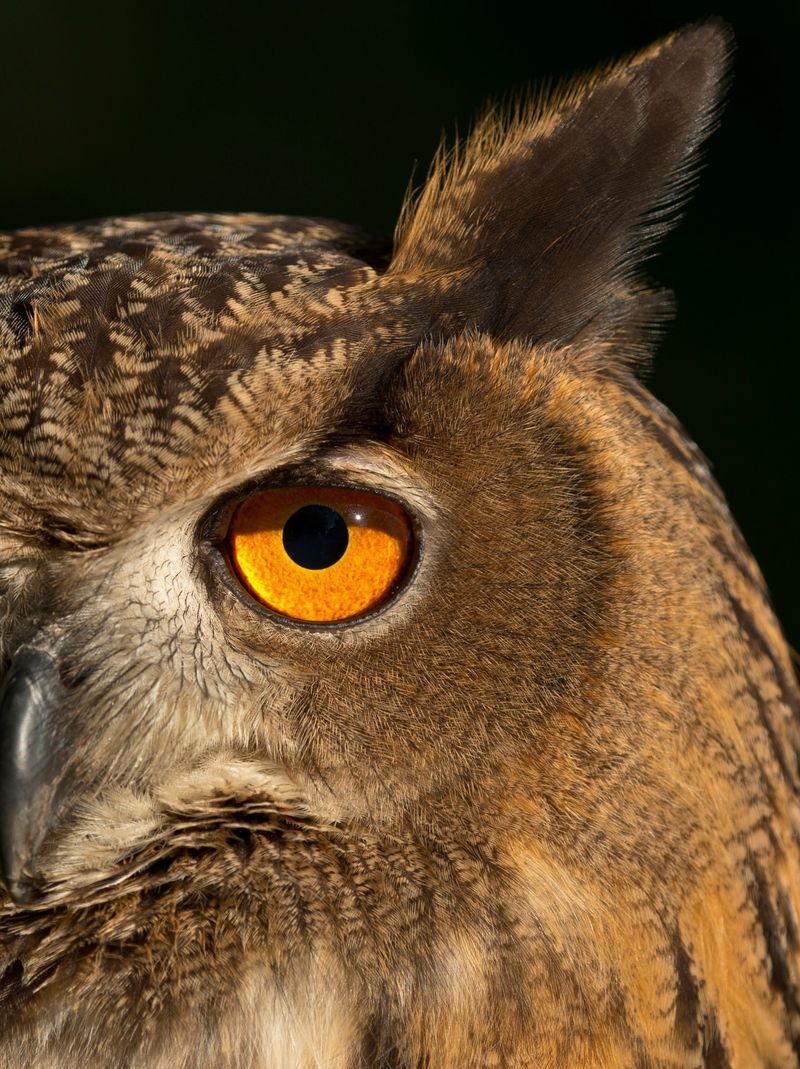
Owls possess an exceptional sense of hearing, enabling them to detect prey in complete darkness. Their ear openings, often asymmetrical, allow them to pinpoint the direction and distance of sounds with remarkable accuracy.
This auditory prowess is enhanced by their facial disc, which directs sound waves towards their ears. Some species, like the Barn Owl, can hunt entirely by sound, capturing prey hidden beneath vegetation or snow.
The ability to hear even the slightest rustle gives owls an edge in their nocturnal hunting endeavors, illustrating the intricate adaptations that have made them successful predators. This keen sense of hearing sets owls apart as masters of the night, capable of thriving in environments where other predators may struggle.
14. Unique Foot Structure
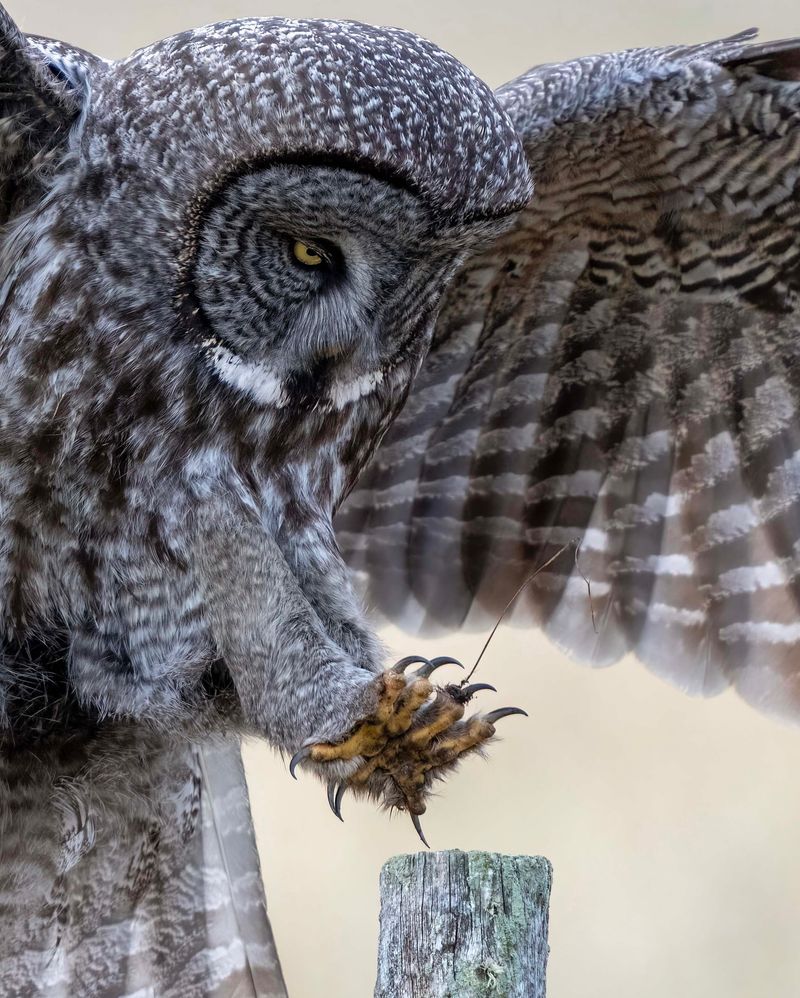
Owls have a distinctive foot structure known as zygodactyl feet, where two toes face forward and two face backward. This arrangement provides a stronger grip, essential for capturing and holding onto prey.
The flexibility of their toes allows them to switch between a two-forward, two-backward grip and a three-forward, one-backward grip. This versatility aids in various activities, such as perching, climbing, and manipulating objects.
The powerful talons of owls are adapted for gripping and dispatching prey quickly, showcasing the evolutionary refinements that make them formidable hunters. This unique foot structure not only enhances their predatory efficiency but also reflects the diverse adaptations that contribute to their survival in the wild.
15. Thermal Regulation
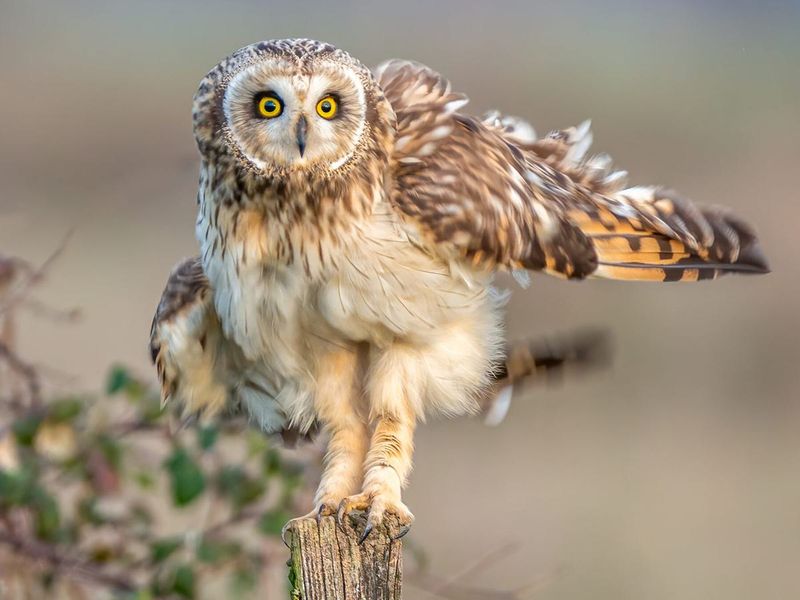
Owls have developed fascinating adaptations for thermal regulation, allowing them to survive in a range of climates. Their dense plumage provides insulation, helping them maintain body heat in cold environments.
By fluffing their feathers, owls can trap more air, adding an extra layer of insulation against the cold. Conversely, in warmer climates, they can lay their feathers flat to release excess heat, showcasing their adaptability.
Some species, like the Snowy Owl, have additional adaptations, such as feathered feet, to cope with extreme cold. These thermal regulation techniques highlight the versatility of owls in thriving across diverse habitats, reflecting their resilience and evolutionary success in various ecosystems.
16. Owl Conservation
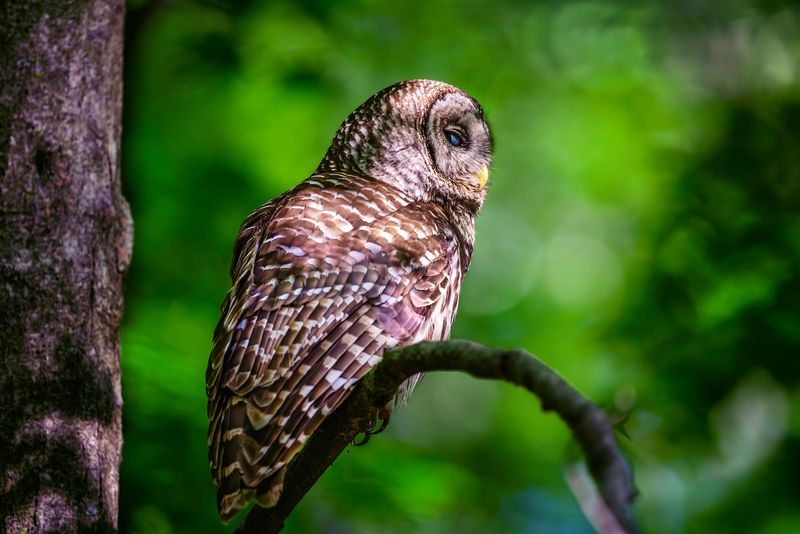
Conservation efforts for owls are crucial in safeguarding their populations and habitats. Many owl species face threats from habitat destruction, climate change, and human activities.
Organizations around the world are working to protect owls through habitat preservation, research, and public education. Breeding programs and legal protections have been implemented for endangered species, aiming to stabilize and increase their numbers.
Public awareness campaigns also play a vital role in promoting owl conservation, highlighting the importance of these birds in maintaining ecological balance. By supporting conservation efforts, individuals can contribute to the protection and survival of owls, ensuring their presence continues to enrich our natural world.
17. Owls As Pest Control
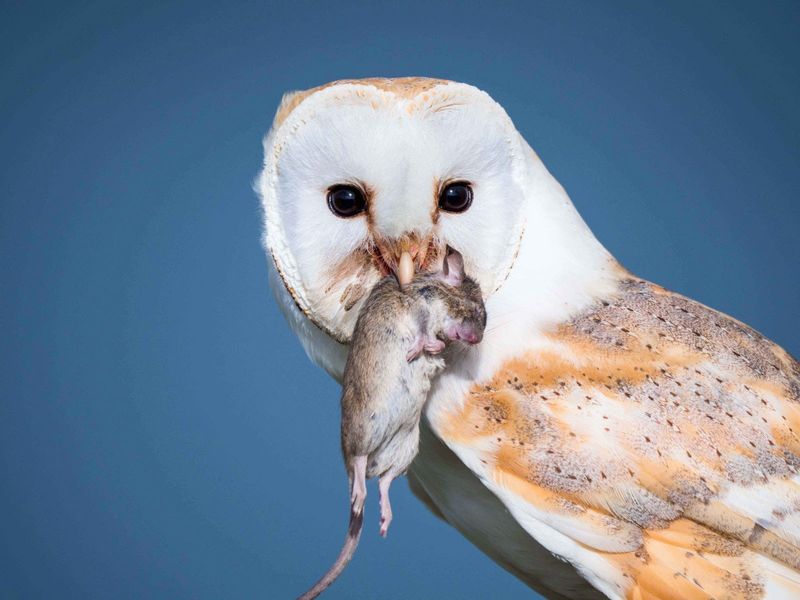
Owls play a significant role in natural pest control, helping to manage rodent populations in various ecosystems. As efficient hunters, they target mice, rats, and other small mammals, reducing the need for chemical pest control methods.
By maintaining healthy owl populations, farmers and communities can benefit from their natural pest management services. This ecological role underscores the value of owls in agricultural settings, where they contribute to crop protection and sustainability.
Encouraging owl habitats around farms can enhance their presence, providing an environmentally friendly solution to pest problems. This beneficial relationship between owls and humans highlights the interconnectedness of wildlife and agriculture, emphasizing the importance of preserving owl populations for ecological health.
18. Owl Diversity In Australia
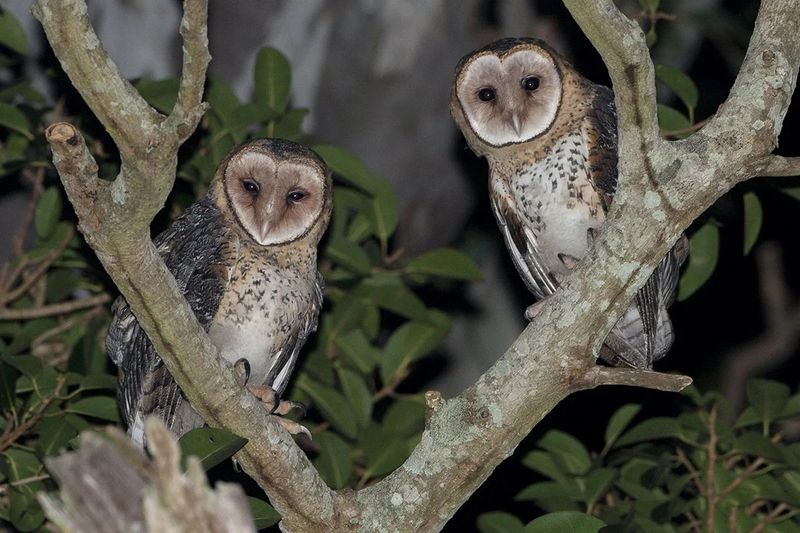
Australia is home to a diverse range of owls, each occupying a unique ecological niche. From the powerful Barking Owl to the diminutive Southern Boobook, Australian owls showcase the country’s rich biodiversity.
These owls inhabit various environments, from dense forests to open woodlands and even urban areas, reflecting their adaptability. Each species has distinct calls, hunting techniques, and behaviors that contribute to their survival.
The presence of diverse owl species in Australia highlights the importance of habitat conservation and ecological research. Protecting these birds and their habitats ensures the continuation of their ecological roles, emphasizing the need for sustainable environmental practices to support the country’s natural heritage.
19. Owl Reproduction
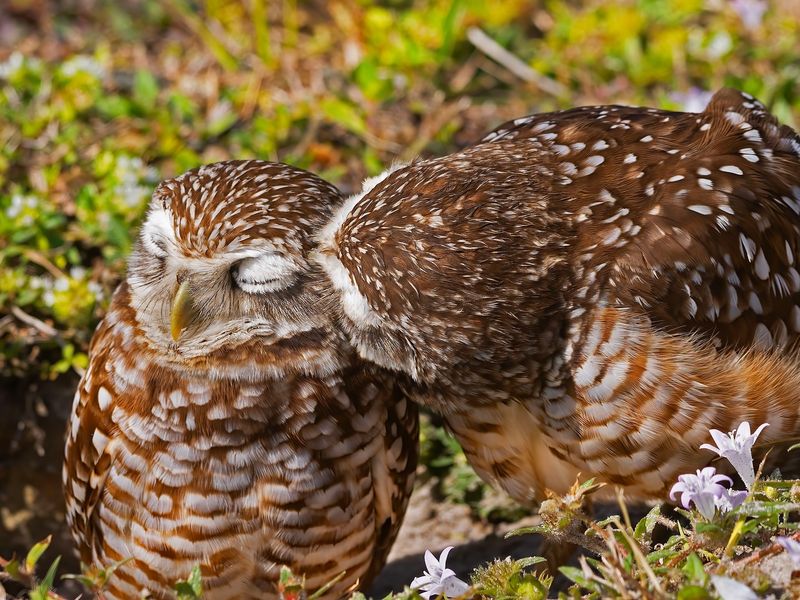
Owl reproduction involves a range of fascinating behaviors, from courtship displays to nesting habits. During mating season, males perform elaborate displays, including vocalizations and aerial acrobatics, to attract females.
Once paired, owls typically mate for life, exhibiting strong monogamous bonds. They choose nesting sites in tree cavities, cliffs, or even old buildings, with both parents sharing the responsibility of incubating eggs and raising young.
The breeding cycle of owls is closely tied to environmental conditions, with many species timing reproduction to coincide with prey abundance. This strategic approach ensures the availability of food for their growing offspring, highlighting the intricate balance between owl behaviors and ecological factors.
20. Amazing Adaptations
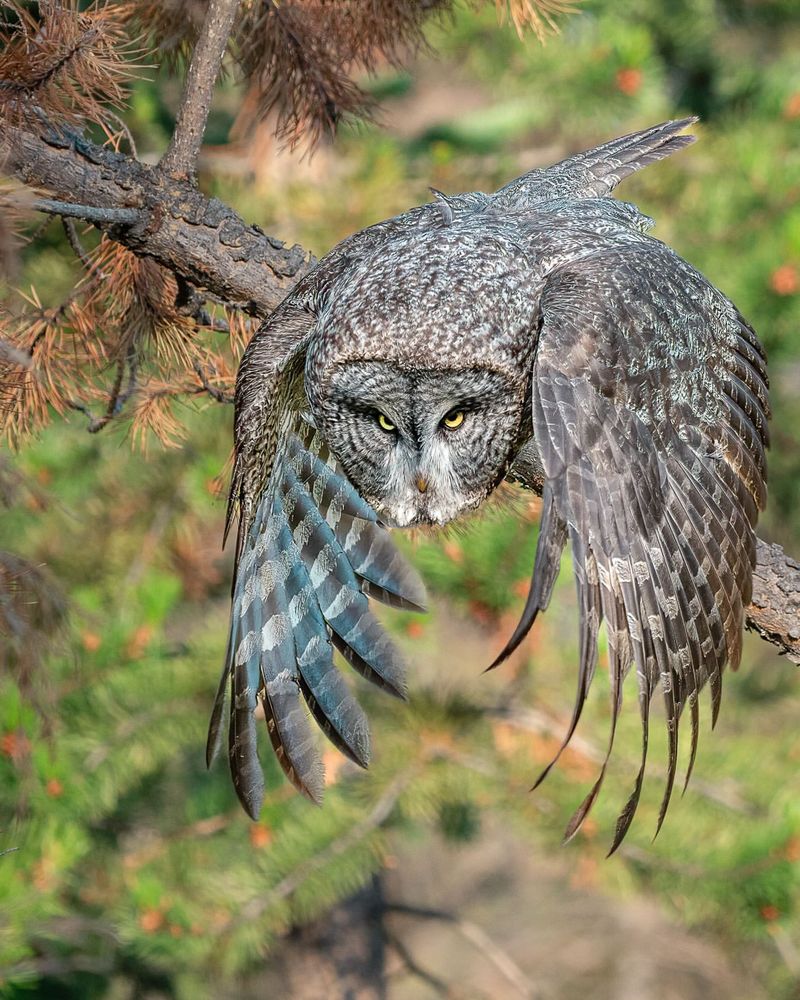
Owls exhibit a range of amazing adaptations that make them exceptional hunters and survivors. Their silent flight, acute hearing, and exceptional night vision are just a few of the traits that enable them to thrive in various environments.
These adaptations are the result of millions of years of evolution, fine-tuning their abilities to hunt efficiently and adapt to changing habitats. From their camouflaging feathers to their flexible necks, every aspect of an owl’s anatomy is designed for precision and efficiency.
The incredible adaptations of owls not only highlight their evolutionary success but also inspire awe and admiration. As symbols of mystery and wisdom, owls continue to captivate our imagination and deepen our appreciation for the wonders of nature.



